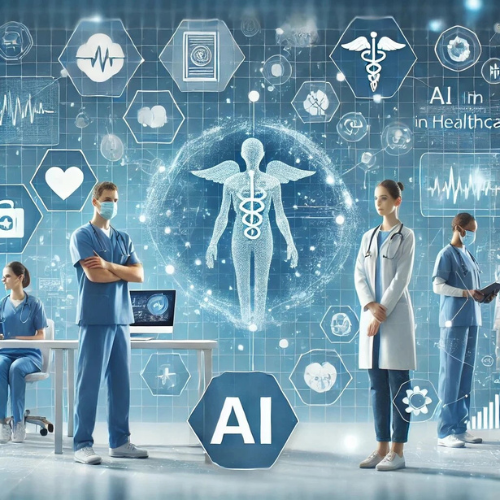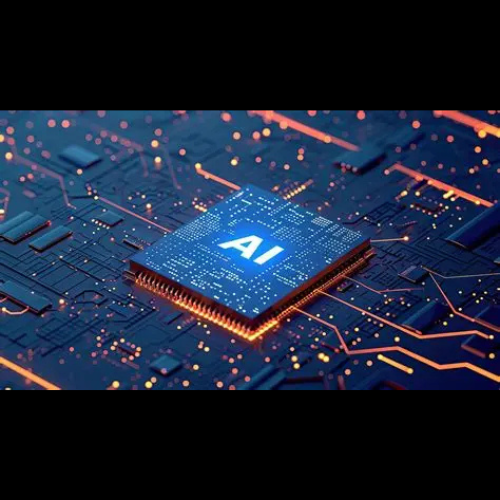The AI industry encompasses a wide range of technologies and applications, each with its distinct features and advantages. Below is a comprehensive report on various types of AI stocks and companies, categorized by their primary technological focus.
1. Machine Learning
Overview
Machine learning (ML) involves algorithms that allow computers to learn from and make predictions based on data. It is widely used across industries for tasks such as data analysis, pattern recognition, and decision-making.
Advantages
Scalability: ML algorithms can handle large datasets and improve their accuracy over time.
Versatility: Applicable across various sectors, including finance, healthcare, and marketing.
Examples
Palantir Technologies (PLTR): Specializes in big data analytics, providing platforms for integrating, visualizing, and analyzing data to support decision-making.
C3.ai (AI): Offers enterprise AI software applications designed to accelerate digital transformation, focusing on predictive analytics.
Snowflake Inc. (SNOW): Provides a cloud-based data platform that leverages ML for data storage, processing, and analysis.
2. Deep Learning
Overview
Deep learning (DL) is a subset of machine learning that uses neural networks with many layers to model complex patterns in data. It is particularly effective for image and speech recognition tasks.
Advantages
High Accuracy: Excels at tasks involving large datasets and complex patterns, such as image classification and natural language understanding.
Continuous Improvement: Neural networks improve as more data is processed.
Examples
NVIDIA Corporation (NVDA): Designs graphics processing units (GPUs) that power DL models, particularly in AI research and development.
Alphabet Inc. (GOOGL): Through its subsidiary Google AI, it advances DL applications in search algorithms, voice assistants, and autonomous vehicles.
3. Natural Language Processing (NLP)
Overview
Natural Language Processing focuses on the interaction between computers and humans using natural language. It is essential for applications such as chatbots, translation services, and sentiment analysis.
Advantages
Improved Customer Interaction: Enhances user experience through better communication and understanding.
Automation: Automates customer service, reducing operational costs.
Examples
OpenAI: Develops advanced NLP models like GPT, which powers conversational AI tools.
Microsoft Corporation (MSFT): Utilizes NLP for its Azure AI services, offering text analytics and language understanding capabilities.
Twilio Inc. (TWLO): Provides cloud communications platforms with integrated NLP for messaging and voice applications.
4. Expert Systems
Overview
Expert systems are AI programs that simulate the decision-making ability of a human expert. They are used for problem-solving in specific domains such as medical diagnosis and financial forecasting.
Advantages
Consistency: Provides consistent decision-making without fatigue.
Knowledge Retention: Captures and retains expert knowledge for long-term use.
Examples
IBM Corporation (IBM): Its Watson AI system offers expert solutions in healthcare, finance, and customer service.
Cerner Corporation (CERN): Develops expert systems for healthcare IT solutions, improving patient care through predictive analytics.
5. Robotics
Overview
Robotics involves the design and operation of robots that can perform tasks traditionally done by humans. It combines AI with physical machines to automate processes.
Advantages
Efficiency: Robots can work tirelessly and perform repetitive tasks with high precision.
Safety: Robots can operate in hazardous environments, reducing the risk to human workers.
Examples
Boston Dynamics: Known for developing advanced robots with dynamic mobility and AI-driven capabilities.
iRobot Corporation (IRBT): Specializes in consumer robotics, including autonomous vacuum cleaners and other household devices.
ABB Ltd (ABB): Provides industrial automation and robotics solutions for manufacturing processes.
6. Machine Vision
Overview
Machine vision enables computers to interpret and process visual information from the world. It is critical for quality inspection, facial recognition, and autonomous vehicles.
Advantages
Precision: Offers high accuracy in defect detection and quality control.
Speed: Processes visual information quickly for real-time applications.
Examples
Cognex Corporation (CGNX): Develops machine vision systems for industrial automation and quality inspection.
FLIR Systems (acquired by Teledyne Technologies) (TDY): Specializes in thermal imaging and machine vision technology.
7. Speech Recognition
Overview
Speech recognition technology converts spoken language into text. It is used in virtual assistants, transcription services, and voice-activated applications.
Advantages
Hands-Free Operation: Enables voice control for devices, enhancing accessibility.
Efficiency: Speeds up data entry and command execution through voice inputs.
Examples
Amazon.com, Inc. (AMZN): Uses speech recognition in its Alexa voice assistant, enhancing smart home and e-commerce services.
Nuance Communications (acquired by Microsoft) (MSFT): Offers speech recognition solutions for healthcare and enterprise sectors.
Apple Inc. (AAPL): Integrates speech recognition in its Siri virtual assistant for iOS devices.
Conclusion
The AI industry is diverse, with each subset offering unique advantages and applications. Companies leveraging these technologies are driving innovation across sectors, improving efficiency, decision-making, and user experiences. Take some time to explore opportunities within these AI domains to capitalize on the growing demand for intelligent solutions.
by Steve Macalbry
Senior Editor,
BestGrowthStocks.Com
Disclaimer: The author of this article is not a licensed financial advisor. This article is intended for informational purposes only. It should not be considered financial or investment advice. We have not been compensated for the creation or distribution of this article and we do not hold any form of equity in the securities mentioned in this article. Always consult with a certified financial professional before making any financial decisions. Growth stocks carry a high degree of risk, and you could lose your entire investment.







